Disclosure: This article contains affiliate links. We may earn a commission from purchases at no extra cost to you, which helps our travel content.
When I tell fellow travelers I'm heading to Peru, they immediately assume I'm bound for Machu Picchu or Cusco. But after my third visit to this magnificent country, I've discovered that Peru's northern regions hold treasures just as valuable but far less crowded. Chiclayo, a bustling city in the Lambayeque region, became my home base for a week last fall, and what a revelation it was! This often-overlooked destination offers a perfect blend of ancient wonders, healing traditions, and astronomical connections that speak directly to my soul. The best part? I navigated this cultural goldmine on just $30 a day without sacrificing meaningful experiences. Whether you're drawn to the mysterious archaeological sites, the traditional markets bursting with medicinal plants, or simply seeking an authentic Peruvian experience away from tourist crowds, Chiclayo delivers in ways that will surprise and delight the budget-conscious traveler. ¡Vamos a explorar!
Finding Budget Accommodation in Chiclayo
After touching down at Capitán FAP José A. Quiñones Gonzales International Airport, I faced my first budget challenge. Taxis at the airport quoted 25-30 soles ($7-8) for the 15-minute ride to the city center, but a quick walk to the main road allowed me to flag down a colectivo (shared taxi) for just 7 soles ($2).
I've learned that in Chiclayo, location matters more than luxury. I chose Hostal Inti, a simple but clean establishment just three blocks from the Plaza de Armas, at 35 soles ($9) per night including breakfast. The rooms aren't fancy – expect a firm bed, private bathroom with temperamental hot water, and a ceiling fan instead of air conditioning – but the central location and friendly staff made it perfect for my needs.
For those seeking more social environments, Mochica Hostel offers dorm beds starting at 25 soles ($7) with a small rooftop terrace perfect for evening stargazing. I spent two nights there and met several travelers who shared tips about lesser-known archaeological sites.
My best accommodation find came through a recommendation from a local vendor at the Mercado Modelo. Her cousin rented a small room in her family home near Parque Principal for just 30 soles ($8) per night. This homestay experience provided authentic cultural immersion and home-cooked breakfast featuring local specialties like loche (a local squash variety) and chicha morada (purple corn drink).
Before my trip, I downloaded the offline Peru map to my phone, which proved invaluable for navigating Chiclayo's winding streets without using data or getting lost between accommodations.
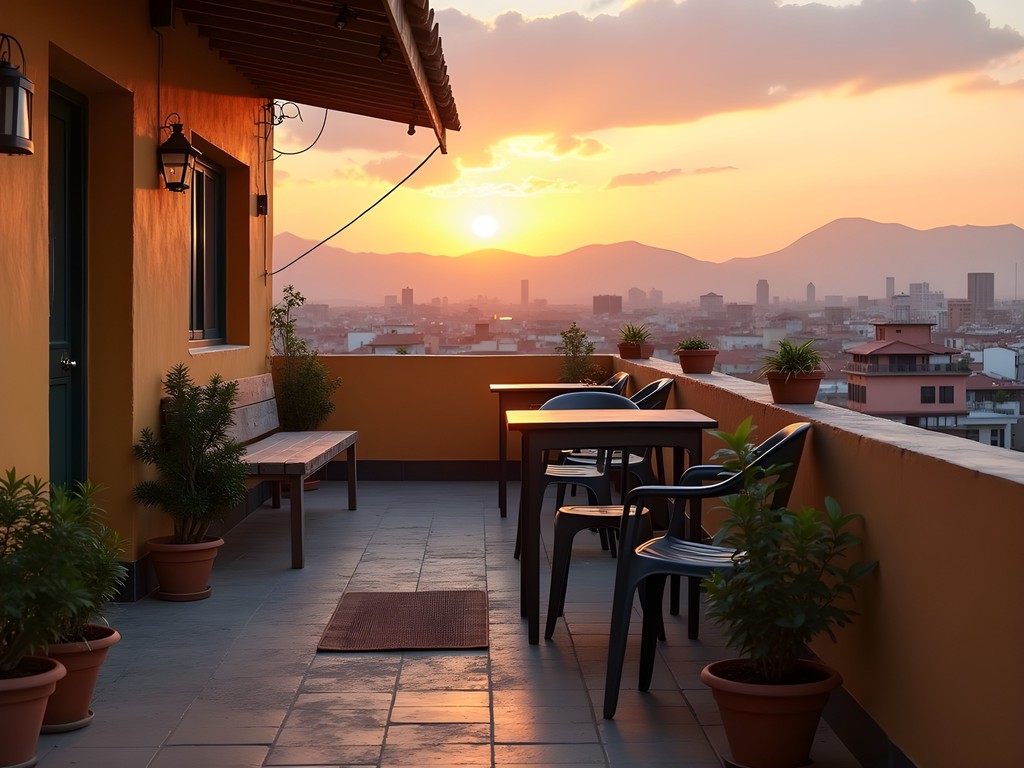
💡 Pro Tips
- Book your first two nights in advance, then ask locals for recommendations
- Request rooms away from the street to avoid traffic noise
- Many budget accommodations don't appear on booking sites – be prepared to walk in and negotiate
Exploring Lambayeque's Archaeological Wonders
The crown jewels of Chiclayo are undoubtedly the archaeological sites scattered throughout the Lambayeque Valley. While most travelers to Peru flock to Machu Picchu, I found the ancient pyramids and tombs around Chiclayo equally fascinating – and significantly less expensive to visit.
The Túcume Pyramid Complex, often called the Valley of the Pyramids, became my spiritual center during this trip. Arriving early at 8:30 AM helped me avoid both crowds and the midday heat. The 10 soles ($2.70) entrance fee grants access to 26 adobe pyramids dating back to 1100 CE. I climbed the wooden staircase to the lookout point on Cerro Purgatorio just as the morning mist was lifting, revealing the geometric precision of these ancient structures.
What many visitors miss is the connection between these pyramids and celestial observations. I spoke with site archaeologist Manuel Escudero, who explained how the structures align with solstice and equinox positions. This astronomical knowledge guided the Sicán people's agricultural calendar – a beautiful marriage of science and traditional knowledge that resonates deeply with my own interests.
The Royal Tombs of Sipán Museum (entrance 10 soles/$2.70) houses treasures discovered in the tomb of the Lord of Sipán. The gold and silver artifacts reveal sophisticated metallurgy techniques, but what fascinated me most were the medicinal implements found among the burial goods, suggesting the ruler may have been involved in healing practices.
To maximize my budget, I arranged transportation using local combis (minivans) rather than tours. From Chiclayo to Túcume costs just 5 soles ($1.35) each way, and the drivers are happy to tell you where to get off. I tracked my archaeological adventures using my trusty travel journal, which has accompanied me on journeys across five continents and helps me document both scientific observations and personal reflections.

💡 Pro Tips
- Visit archaeological sites in the morning to avoid midday heat
- Bring at least 1.5 liters of water for each site visit – the desert climate is deceptively dehydrating
- Learn basic Spanish phrases related to archaeology and astronomy to engage with site guides
Traditional Medicine and Markets: Healing on a Budget
My fascination with traditional healing practices led me straight to Chiclayo's Mercado Modelo, a sprawling market where modern commerce meets ancient wisdom. This sensory explosion of colors, sounds, and aromas houses several sections dedicated to traditional medicine – known locally as medicina natural.
In the northwestern corner of the market, I discovered rows of stalls selling medicinal plants, powders, and preparations. Doña Esperanza, a third-generation curandera (traditional healer) with kind eyes and hands stained from years working with herbs, invited me to smell various dried plants while explaining their properties. For just 3 soles ($0.80), she prepared me a tea blend of coca leaves, muña, and hierba luisa (lemongrass) to help with altitude adjustment for my upcoming journey to Cajamarca.
What surprised me most was learning about San Pedro cactus (Echinopsis pachanoi), used ceremonially in the northern Peruvian highlands for thousands of years. While I didn't participate in any ceremonies, several healers explained how astronomical observations historically determined the timing of these healing rituals – another beautiful intersection of my two passions.
The market also offers budget-friendly meals at its food stalls. I enjoyed hearty portions of causa (layered potato dish) and ceviche for 8-10 soles ($2.20-$2.70) per meal. My water filter bottle proved invaluable here, allowing me to refill safely from any water source and avoid buying plastic bottles throughout my journey.
One afternoon, I visited the small but informative Museum of Traditional Medicine (5 soles/$1.35 entrance) near Plaza de Armas. The exhibits detail how pre-Columbian healers incorporated celestial observations into their practice, timing the collection of certain plants according to lunar phases – a practice some local healers continue today.
My most memorable market experience was receiving a limpia (spiritual cleansing) from an elderly healer named Don Francisco. For 15 soles ($4), he used herbs, flower water, and eggs to draw out negative energy while chanting prayers that referenced both Catholic saints and celestial bodies. Whether you view it as spiritual practice or cultural experience, it's a fascinating window into northern Peru's living traditions.
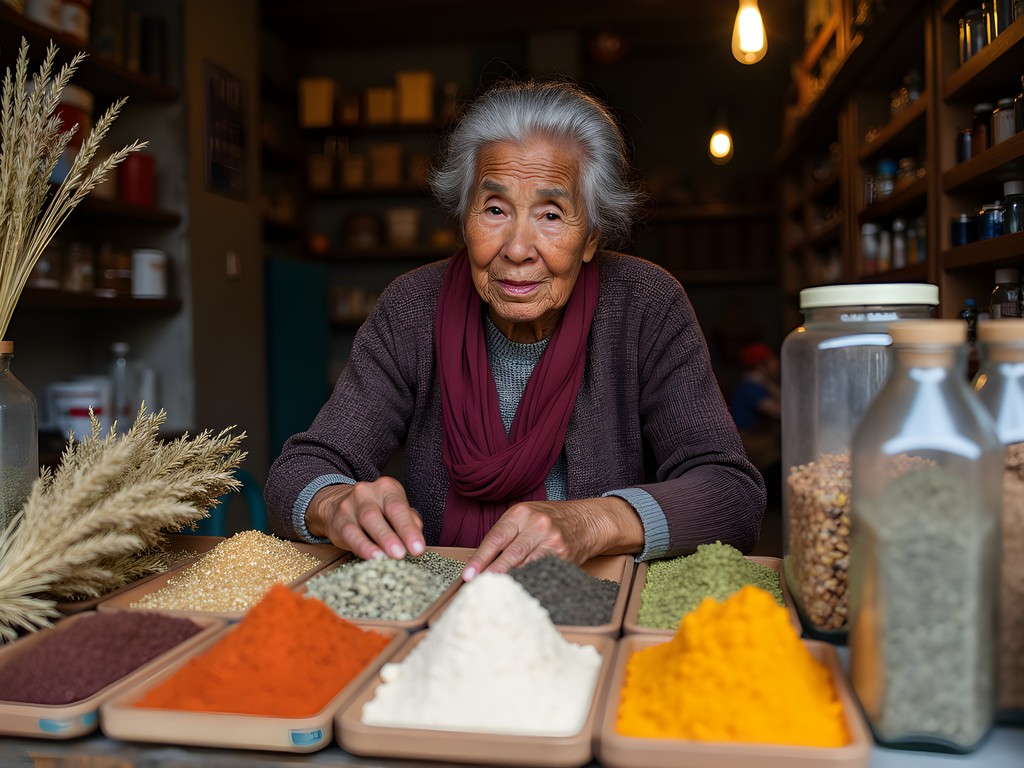
💡 Pro Tips
- Visit the medicinal section of Mercado Modelo before 10 AM when healers are less busy and more willing to explain their practices
- Ask permission before photographing healers or their wares – many appreciate a small purchase in exchange
- Carry small bills (5 and 10 soles notes) for market purchases
Budget-Friendly Culinary Adventures
Peruvian cuisine has gained worldwide recognition, and Chiclayo offers distinctive northern specialties that won't break your budget. The city's proximity to both the coast and mountains creates a unique culinary landscape where seafood meets highland ingredients.
For breakfast, I followed local habits by visiting small panaderías (bakeries) for fresh bread and tamales. My favorite morning routine cost just 5 soles ($1.35): a fresh-baked pan francés with local cheese and a cup of strong coffee at Panadería San José near the Plaza de Armas. The owner, Señor Guillermo, would often slip an extra roll into my bag after learning about my interest in traditional foods.
Lunch is typically the main meal in Peru, and menú del día (set lunch) offers incredible value. At La Parra, a small family-run restaurant three blocks from the cathedral, 10 soles ($2.70) bought a three-course meal including soup, a main dish like seco de cabrito (goat stew with cilantro), and a small dessert plus drink. By 1 PM the place fills with local workers, always a good sign.
Chiclayo's signature dish is arroz con pato (duck with rice), and I found the most authentic version at Picantería Socorro in the San Antonio neighborhood. At 18 soles ($4.85), it was my biggest food splurge but worth every centimo for the complex flavors of cilantro-infused rice and tender duck.
Street food provided my most economical meals. The area around Avenida Balta offers anticuchos (beef heart skewers) for 5 soles ($1.35) and picarones (sweet potato and squash donuts) for 4 soles ($1.08). I always carried my compact utensil set to avoid single-use plastics while enjoying these street-side treats.
For a truly budget experience, the second floor of Mercado Modelo houses food stalls where 6-8 soles ($1.60-$2.15) buys a hearty plate of cabrito (goat) or fresh ceviche. Follow the crowds of local shoppers for the best stalls.
Water safety is always a concern for budget travelers. Rather than buying bottled water, I used my water filter bottle throughout the trip, saving approximately 5 soles ($1.35) daily while reducing plastic waste – a small contribution to preserving Peru's natural beauty for future generations.
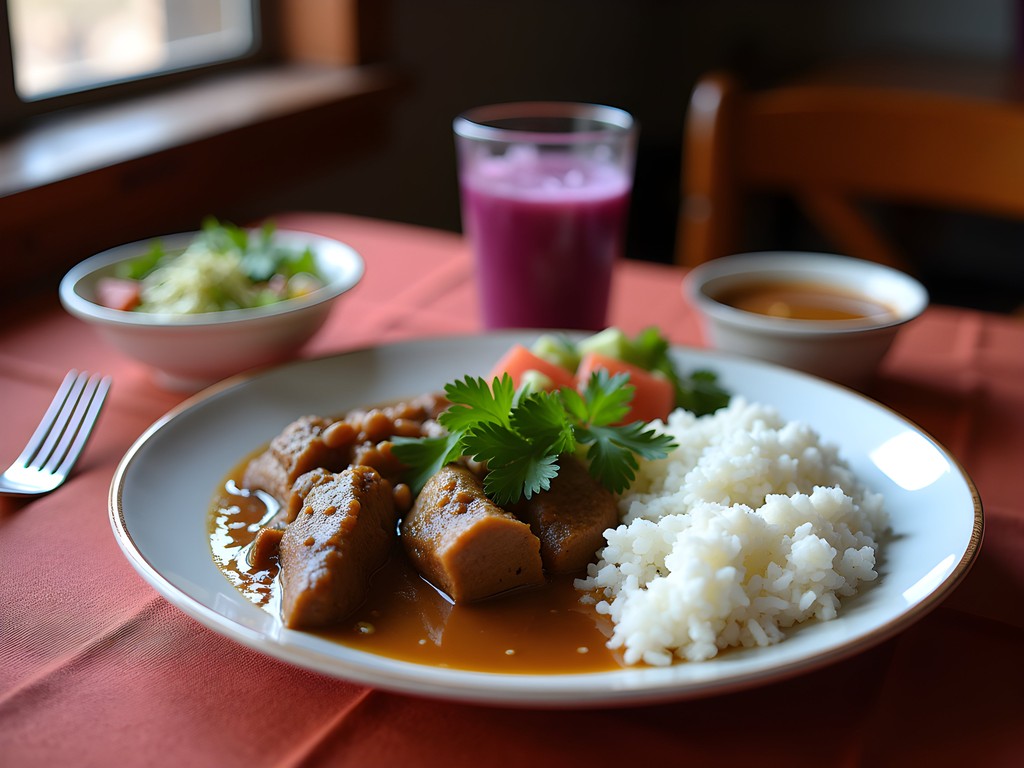
💡 Pro Tips
- Look for restaurants offering 'menú del día' advertised on chalkboards outside – these set meals offer the best value
- Eat your main meal at lunch when prices are lower than dinner
- Try chicha morada (purple corn drink) instead of sodas – it's healthier, cheaper, and culturally significant
Stargazing and Cultural Astronomy on a Budget
Peru's northern coast offers exceptional stargazing opportunities that align perfectly with my dual passions for astronomy and cultural traditions. The desert climate around Chiclayo creates clear night skies, while the region's archaeological sites reveal how ancient civilizations incorporated celestial observations into their worldview.
My most memorable astronomical experience cost nothing at all. I arranged with my hostel owner to access the rooftop after dark, where I spent several hours observing the southern sky. The Southern Cross and Alpha Centauri – stars invisible from my Chicago home – shone brilliantly above. I used my star guide app (downloaded before my trip to use offline) to identify constellations and track Jupiter's moons with my compact binoculars.
For a more cultural experience, I joined a night tour at the Túcume site museum (15 soles/$4) where a local guide explained how the Lambayeque culture used astronomical alignments in their architecture. The guide pointed out how certain pyramid faces align with the June solstice sunrise – knowledge that guided agricultural cycles centuries ago.
What many travelers miss is the astronomical significance of the Sicán burial positions at Batán Grande. Bodies were oriented toward specific celestial events, suggesting a cosmology that connected the afterlife with the stars. The site museum explains these connections for just 8 soles ($2.15) entrance fee.
I was fortunate to meet Professor Carlos Elera, director of the Sicán National Museum, who shared insights about how pre-Columbian healers timed their medicinal plant gathering according to lunar phases – a practice some local curanderos still follow. This conversation reinforced my belief that traditional knowledge and scientific observation often complement each other in beautiful ways.
Perhaps my most authentic astronomical experience came through a chance encounter with a local farmer named Miguel while visiting Túcume. Learning of my interest in stars, he invited me to join his family for an evening meal at their small farm outside town. As night fell, Miguel pointed out constellations using their local Muchik names rather than Western designations. The dark river of the Milky Way – which they call 'Mayu' or celestial river – stretched dramatically across the sky, while Miguel explained how its position guided traditional planting times. This cultural astronomy lesson, accompanied by his wife's delicious causa limeña, cost nothing but remains priceless in my memory.
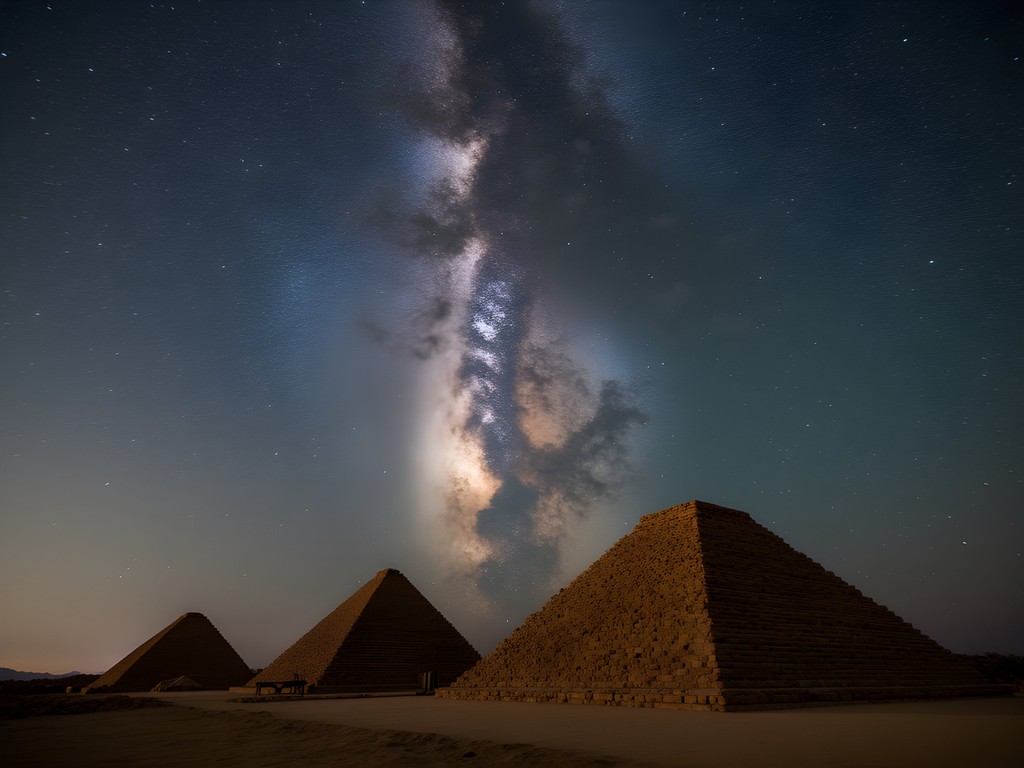
💡 Pro Tips
- Download a star guide app before your trip and set it to offline mode
- Bring a red-light flashlight (or cover a regular flashlight with red cellophane) to preserve night vision while stargazing
- Ask permission to access hotel/hostel rooftops after dark – many owners are accommodating if you explain your interest in astronomy
Day Trips and Transportation Hacks
Chiclayo serves as an excellent hub for exploring northern Peru's treasures without expensive tours or private transportation. With some basic Spanish and willingness to use local transport, I discovered remarkable sites while keeping strictly to my $30 daily budget.
The coastal fishing village of Santa Rosa offers a glimpse into traditional reed boat building techniques that haven't changed for centuries. From Chiclayo's Epsel terminal, colectivos (shared vans) make the 20-minute journey for just 3 soles ($0.80) each way. I spent a fascinating morning watching fishermen construct caballitos de totora (reed boats) before enjoying the freshest possible ceviche at a beachfront stall for 10 soles ($2.70).
Monsefú, a small town known for its traditional crafts and gastronomy, makes an easy half-day trip. The combis (minivans) from Terminal EPSEL cost 2 soles ($0.54) each way and depart when full – usually every 15-20 minutes. I timed my visit to coincide with the Sunday market, where local artisans sell handwoven textiles and traditional straw hats. The town's specialty dish, causa monsefuana, features local ingredients at a fraction of city prices.
For nature enthusiasts, the Chaparrí Ecological Reserve protects dry forest habitat and endangered spectacled bears. While organized tours cost 80-120 soles, I arranged my visit independently. A combi to Chongoyape (7 soles/$1.90) followed by a mototaxi to the reserve entrance (10 soles/$2.70) got me there for less than a third of tour prices. The 30 soles ($8.10) entrance fee includes access to well-marked trails where I spotted the magnificent Andean condor soaring above the mountains.
Navigating these routes independently requires preparation. I downloaded offline maps before my trip and saved key phrases in Spanish related to directions and transportation. My pocket Spanish phrasebook proved invaluable for communicating with drivers and asking locals for recommendations.
For longer journeys, Chiclayo's bus terminal offers connections to Trujillo (15 soles/$4 for a 3-hour ride) or Chachapoyas (40 soles/$11 for the 8-hour journey). These economical options allowed me to extend my northern Peru exploration without breaking my budget constraints.
Perhaps my most rewarding transportation discovery was befriending a local mototaxi driver named Eduardo, who offered to show me hidden corners of the region on his days off. For the price of fuel plus lunch (about 25 soles/$6.75 total), we explored small villages where traditional healing practices continue unchanged, far from tourist routes.
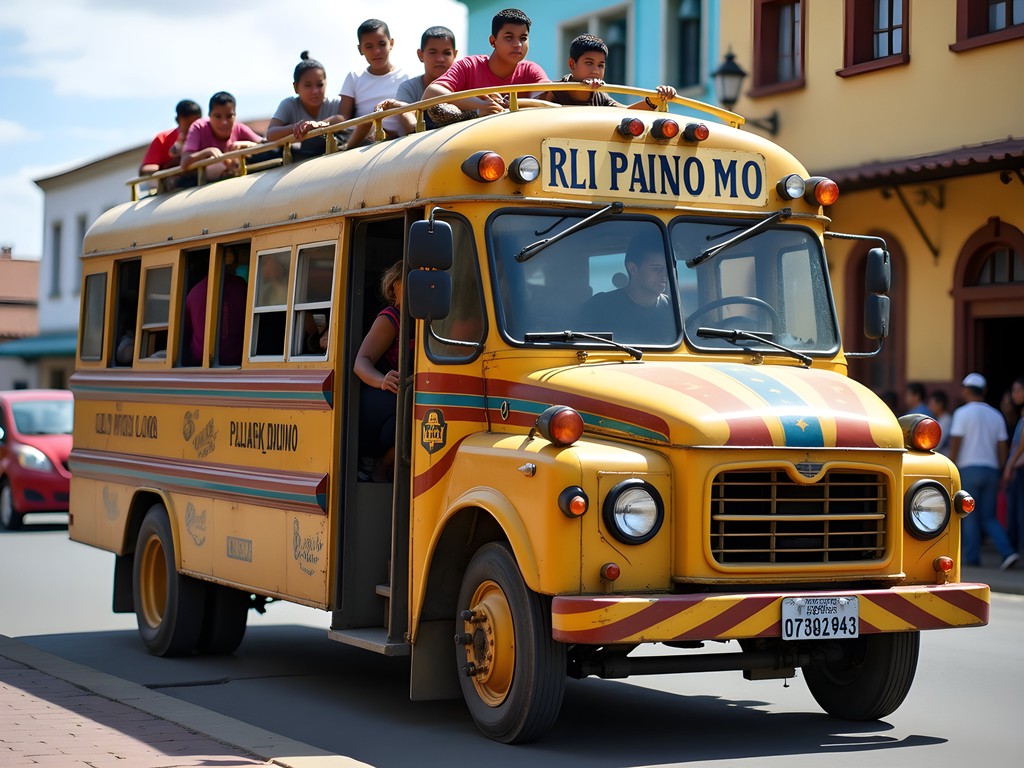
💡 Pro Tips
- For colectivos and combis, tell the driver your destination before boarding to ensure you're on the correct vehicle
- Carry small denominations of soles for transportation – drivers rarely have change for large bills
- Download the region's offline map before your trip, as cellular service can be spotty in rural areas
Final Thoughts
As my week in Chiclayo came to a close, I tallied my expenses: averaging just under $30 per day while experiencing archaeological wonders, traditional healing practices, and celestial observations that connected deeply with my personal interests. Northern Peru offered exactly what I seek in travel – authentic cultural experiences, scientific discovery, and human connections – all without the premium prices of more touristed regions. The ancient pyramids of Túcume, aligned with celestial events, reminded me how traditional knowledge and scientific observation have complemented each other throughout human history. The healers at Mercado Modelo showed me that wellness doesn't require expensive interventions, but rather connection to traditional wisdom. And the starry desert skies reinforced my belief that the most profound experiences often cost nothing at all. Whether you're drawn to Peru for its archaeology, cuisine, healing traditions, or simply the warmth of its people, Chiclayo proves that meaningful travel doesn't require deep pockets – just an open heart and curious mind. ¡Hasta la próxima vez, Chiclayo!
✨ Key Takeaways
- Chiclayo offers archaeological treasures equal to those in southern Peru but at a fraction of the cost and crowd levels
- Local transportation (combis and colectivos) can get you to major sites for under $2 each way
- The intersection of traditional healing practices and astronomical knowledge creates unique cultural experiences
- Eating where locals eat (markets, menú del día restaurants) keeps food costs under $10 daily
📋 Practical Information
Best Time to Visit
May to November (dry season)
Budget Estimate
$25-35 per day
Recommended Duration
5-7 days
Difficulty Level
Moderate
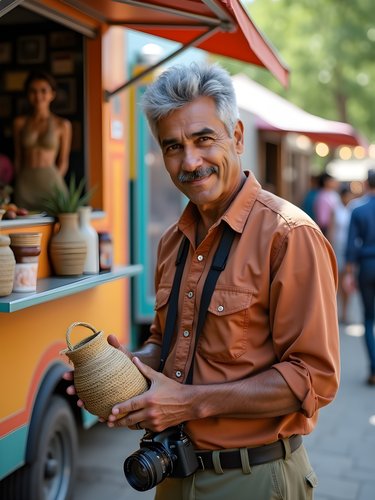
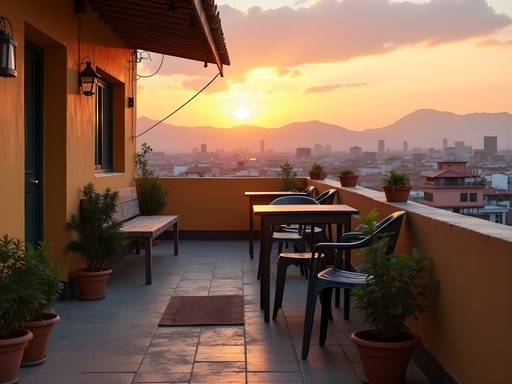
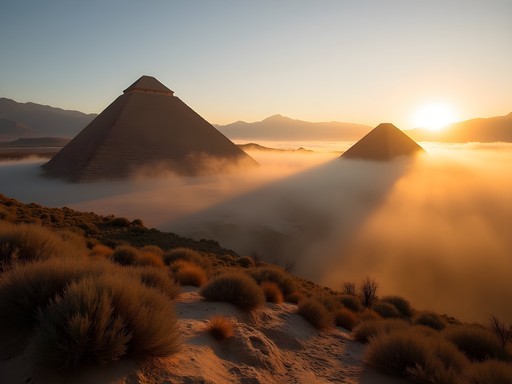
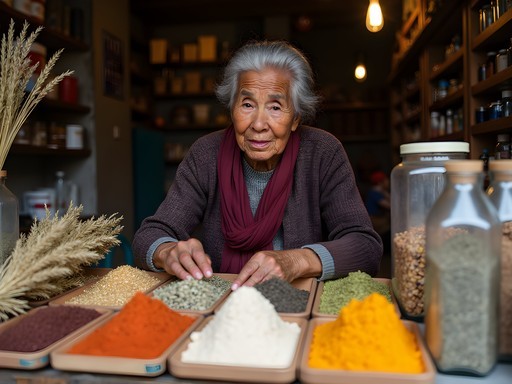

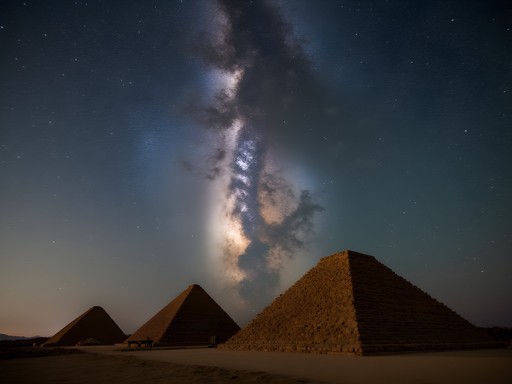




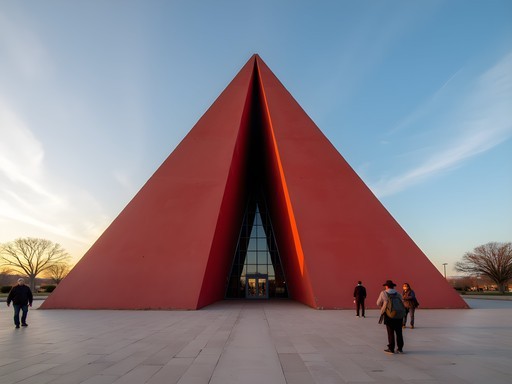

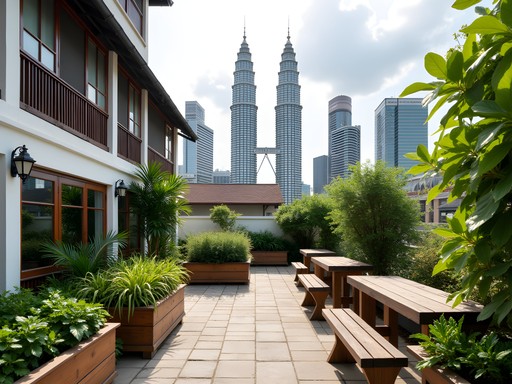
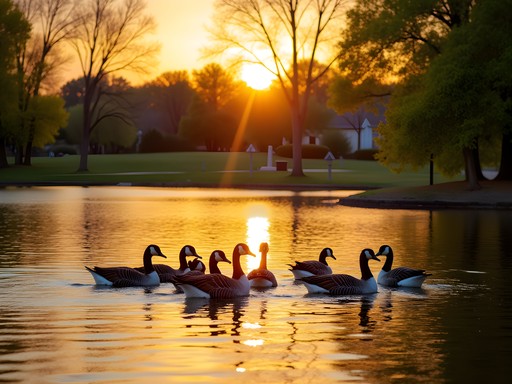



Comments
backpackchamp
Just got back from Chiclayo last month and can confirm everything in this post is accurate! The ceviche at the market was the best I've had in all of Peru and cost less than $4. One tip to add - if you're there on a weekend, check out the local craft beer scene. There's a small brewery called Chiclayo Brewing Co. near the plaza that does $2 pints during happy hour. Also, if you have time, the day trip to Chaparrí Ecological Reserve is worth the splurge (about $40 including transport). We saw spectacled bears in the wild which was incredible. For anyone planning to continue north, the buses to Máncora are comfortable and affordable. I paid $15 for a semi-cama overnight bus and arrived well-rested. Thanks for highlighting this region - northern Peru deserves more love!
Zachary Morales
Thanks for the Chaparrí tip! I missed that on this trip but definitely adding it to my list for next time. And you're right about the ceviche - absolutely incredible and so fresh!
freegal
Is it safe for a solo female traveler? Planning my first South America trip and want to go beyond the usual spots.
sunnynomad
I went solo (female) last year and felt totally fine in Chiclayo! Just use normal precautions like you would anywhere. The locals were super helpful.
Jean Wells
I've traveled extensively throughout Peru as a solo female traveler in my 50s and found Chiclayo quite manageable. The central areas are well-populated during the day. Just be cautious around the markets with valuables and use registered taxis at night. I always carry my essentials in a anti-theft bag which has served me well across South America.
Jean Wells
Excellent breakdown of Chiclayo on a budget! I'd add that the Mercado Modelo is absolutely fascinating beyond just the medicinal section. The fruit varieties alone are worth the visit - try the lucuma if you haven't! For accommodation, I stayed at Mochileros Hostel near the plaza which was even cheaper than what you found ($7/night) though admittedly very basic. One thing travelers should note is that while Chiclayo is generally safe, the area around the bus terminal gets sketchy after dark. I always used radio taxis when arriving at night. The archaeological museum circuit is truly world-class and criminally undervisited compared to southern Peru. I spent three full days just exploring Túcume - the views from the lookout point over all 26 pyramids are unforgettable.
backpackadventurer
Great post! How did you get around between the archaeological sites? Is it easy to do without a tour?
Zachary Morales
Thanks! I used a mix of combis (shared vans) and occasional taxis between sites. The combis to Túcume and Sipán are frequent and super cheap. For Sicán Museum, I shared a taxi with people from my hostel which worked out to about $3 each. No need for organized tours unless you want the historical context!
backpackadventurer
Perfect, thanks for the info! Definitely adding this to my Peru itinerary.
sunnynomad
Finally someone talking about northern Peru! Chiclayo is such an underrated gem. Those museums are incredible.
Jean Wells
Agreed! I spent three weeks exploring the north last year and barely saw any other tourists. The archaeological sites around Chiclayo deserve much more attention.
hikingwanderer
How did you get around between the archaeological sites? Are there public buses or did you need to book tours?
Zachary Morales
For Túcume and Sipán, I used colectivos (shared vans) which cost just a few soles. They're frequent and drop you right at the entrances. For Sicán, I split a taxi with two travelers I met at the hostel. No need for organized tours unless you want the historical context!
wanderlustmate
Love seeing posts about lesser-known spots! Those archaeological sites look incredible in your photos!
Riley Griffin
This brings back memories! We took our kids (11 and 14) to northern Peru last year as part of our 6-month South America adventure. Chiclayo was a surprising highlight! The kids were fascinated by the Brüning Museum, and we made a game of finding the weirdest fruits at the Mercado Modelo. One tip for families: we hired a local guide for the archaeological sites (about $30 for half day) which made the experience so much more engaging for the kids. We used our travel guide to find accommodations that could fit our family of four without breaking the bank.
wanderlustmate
Did your kids try the cuy (guinea pig)? My nephew refused to even look at it when we were there lol
Riley Griffin
Haha, my daughter was horrified by the idea, but my son tried a small bite just to say he did it! Their favorite was actually the arroz con pato (duck with rice).
coolpro
Just got back from Peru last month and totally agree that the north is underrated! We did Chiclayo for 3 days and the Sipán museum blew my mind - way better than I expected. We stayed at Hospedaje El Peregrino too based on budget recommendations and it was decent for the price. The ceviche at the central market was some of the best I've ever had. Great guide!
triptime
How safe did you feel traveling solo in northern Peru? Been wanting to go beyond the usual tourist spots but heard mixed things about safety.
Zachary Morales
I felt pretty safe in Chiclayo! Just used the usual precautions - not flashing valuables, staying aware in crowded markets, and using registered taxis at night. The locals were incredibly helpful whenever I needed directions.
triptime
Thanks for the quick response! Definitely adding Chiclayo to my Peru itinerary now.
Venture X
Premium card with 2X miles, $300 travel credit, Priority Pass